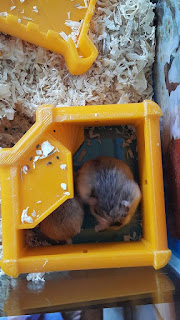Mozilla Location Service (MLS) is an open source service to determine location based on network infrastructure like WiFi access points and cell towers. The project has released an client applications to collect the large dataset of GSM, Cellphone, WiFi data using crowd sourcing. In this blog post I'll explore an idea to re-purpose an old Android mobile phone as an autonomous MozStumbling device that could be easily deployed in public transport, taxis or your friend who is driving across the country.
Bill of Materials
- Android Mobile phone.
- Mozstumbler Android App.
- Taskbomb Android App.
- Mini-USB cable.
- GSM SIM (With mobile data).
- Car lighter socket power adapter.
- Powerbank (optional).
Putting it together
In this setup, I am using a rugged Android phone running Android Gingerbread. It can take a lot punishment. Leaving a phone in overheated car is recipe for disaster.
From the Android settings I enabled allow installation of non-market applications 'Unknown Sources'. Connected the phone to my computer using the Mini-USB cable. Transferred the previous downloaded apps(.apk) packages to phone and installed the Mozstumbler and Taskbomb applications.
Configured the Mozstumbler application to start on boot with Taskbomb app. Also configured Mozstumbler to upload using mobile data connection. The phone has GSM SIM card with data connection. Made sure both WiFi, GPS and Cellular data is enabled.
To prevent phone from downloading software updates and using up all the data. I disabled all software updates. Disabled all notifications both audio and LED notifications. Finally locked by phone by setting a secret code. Now the device is ready for deployment. The phone is plugged into car's lighter charging unit to keep it powered up. You can also use a power bank in case where charging options are not available.
Planning to use this autonomous Mozstumbler hack soon. Perhaps I should ask Thejesh to use on his epic trip across India.











